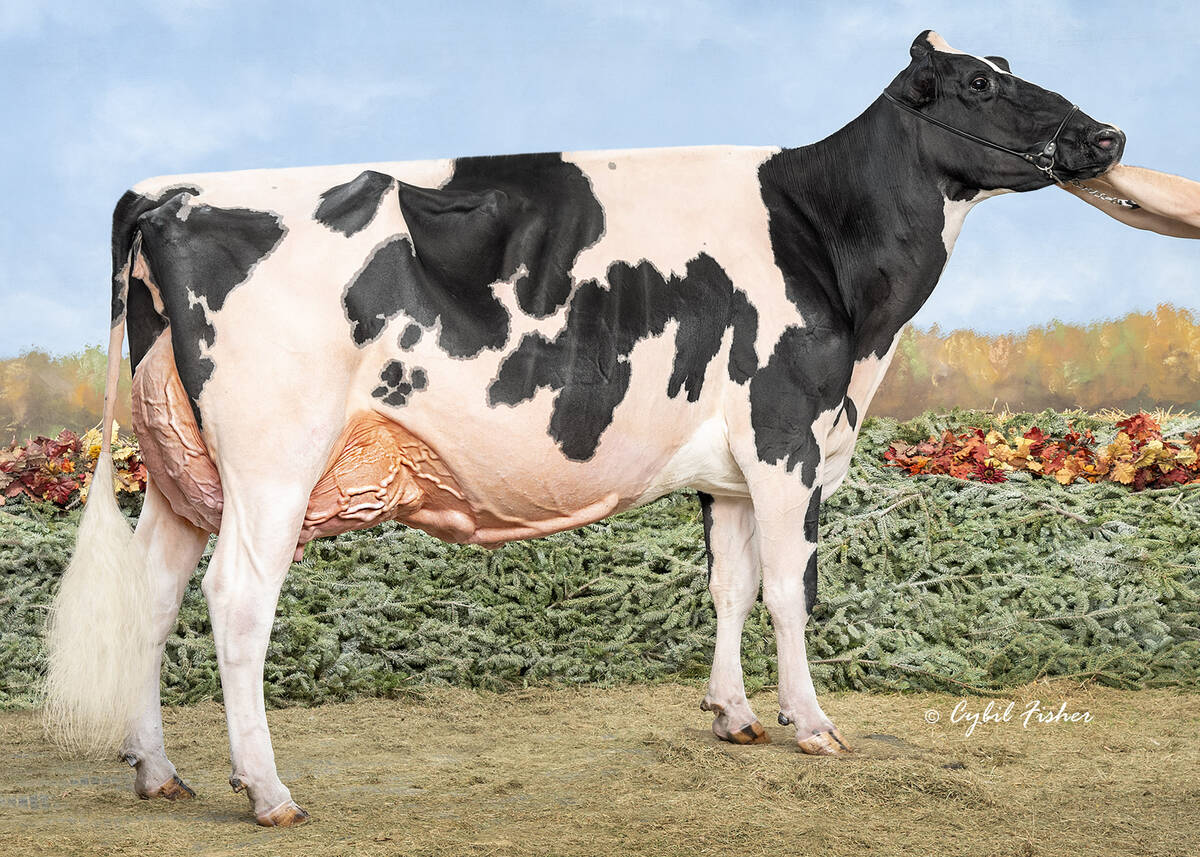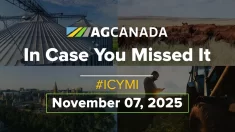It isn’t the sort of horseradish you slop onto a slab of roast beef. But if you try to find out what the horseradish growing on Kevin Yuill’s farm is used for, you’ll receive a polite answer and no information.
“I’d like to tell you, but we’ve signed a confidentiality agreement not to talk about it,” he said from his Portage la Prairie farm.
Yuill grows specialized horseradish for a Winnipeg company that extracts an enzyme used in medical laboratory tests.
It’s the type of specialized, small-acreage, high-value, non-food crop that many academics, government officials and industry leaders say will offer prairie farmers a lucrative alternative to traditional food crops.
Read Also

Saskatchewan dairy farm breeds international champion
A Saskatchewan bred cow made history at the 2025 World Dairy Expo in Madison, Wisconsin, when she was named grand champion in the five-year-old Holstein class.
Farmers who already have ventured into this new frontier say those who follow will need new skills to work in a very different business climate.
“We’re getting involved in areas we never really thought about before,” said Holden, Alta. farmer Lydia Hultholm. “It takes specialized knowledge that we didn’t have.”
Lydia and husband Don make cosmetics and skin creams from rhea oil. They raise 275 rheas for meat and oil.
Don said a slaughter rhea can provide from eight to 12 pounds of fat, producing “a lot of oil.”
That oil forms the base of everything Lydia makes.
She takes the nearly clear oil and binds it with beeswax to make skin creams, or mixes it with chemical bases to make cosmetics.
Lydia says she never intended to become a cosmetics designer. Four years ago, the Hultholms bought rheas to replace broiler chicken quota they sold. They knew they would have to sell both the meat and the oil, but didn’t expect to become processors themselves.
However, Lydia discovered she didn’t like the smell of the raw oil so she started mixing in fragrances to mask the odor. Soon, she was creating products based on rhea oil.
She’s now designing a moisturizing cream for an Ontario company.
Lydia doesn’t like marketing but it gives the Hultholm farm a more diversified revenue base.
“We’re just a regular, average family trying to make a go of it,” she said.
She figures there will be many non-food opportunities for farmers in the future, but only if farmers choose to exploit them.
“You have to keep working at it,” she said. “You have to make it workable for you.”
Making things workable led a group of farmers near Canora, Sask. to develop a project to process flax straw, once a waste product, into specialized fibre products.
Lorne Kopelchuk, a Canora farmer, said disposal of flax straw in one of the Prairies’ heaviest flax growing areas has vexed farmers for years. Burning was the usual solution.
They formed a co-operative to try to sell the straw and although there were buyers in Manitoba, prices were low.
The farmers found a University of Alberta professor who helped them develop ideas on straw processing.
To find capital, they launched a local community bond issue and raised $400,000.
Still, they needed an established partner with resources.
Enter Cargill Ltd., which liked what it saw in Canora.
With local farmers and investors, it formed Durafibre and built a plant south of the town. It should soon be producing fibre products.
Kopelchuk said getting Cargill involved was essential.
“With a name like that behind you, you get credibility,” he said. “They have the resources and technology.”
Kopelchuk said he thinks the next generation of farmers is going to need partnerships with money and technology-rich companies if it wants to exploit the opportunities science offers.
But the first step will be deciding that the old ways no longer work. “I think finally farmers are beginning to realize they’re going to have to do something for themselves.”















